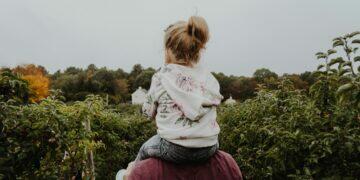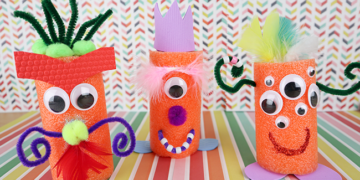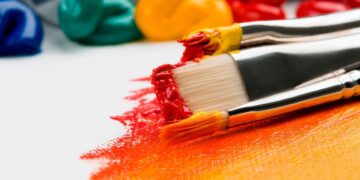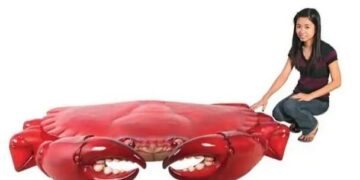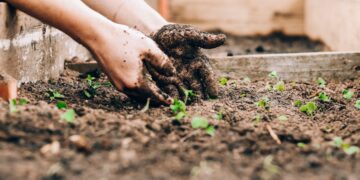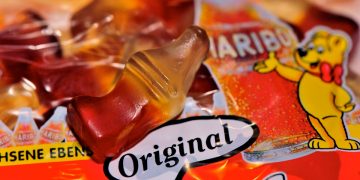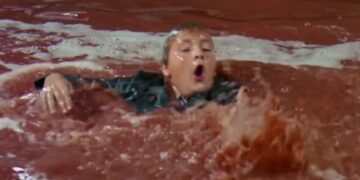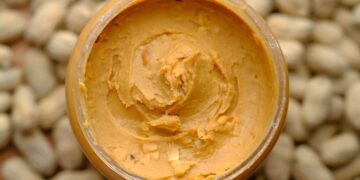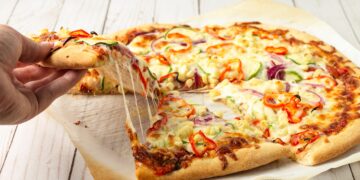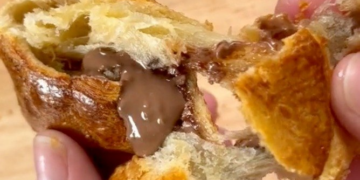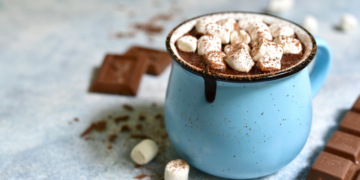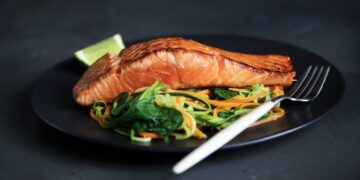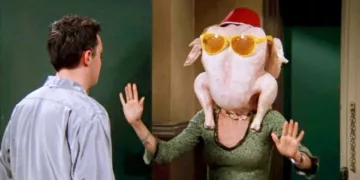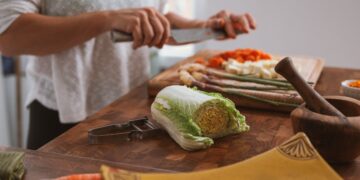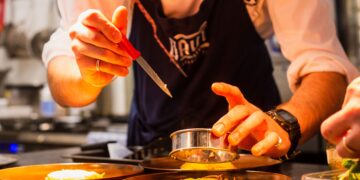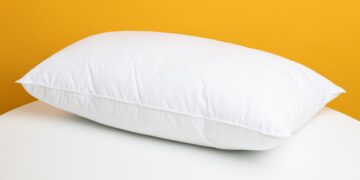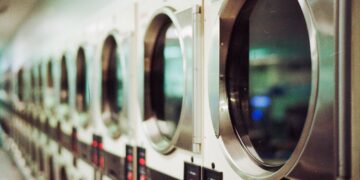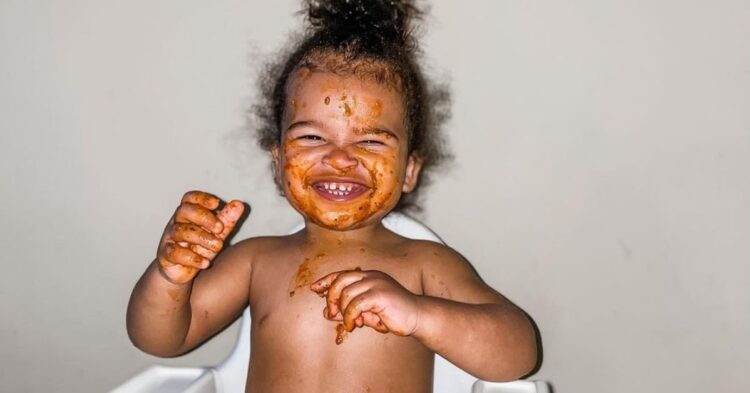One of the first things children learn is not to play with their food. But did you know that proverbial piece of parental advice could be hindering more than helping?
According to multiple research studies , it turns out that letting children be messy while they eat is actually a good thing — and it could even help with their overall brain development.
No one can deny that photos of messy babies during mealtimes are inherently cute.

At one point or another, every child experiments with wearing an upturned bowl of spaghetti as a hat. It’s a right of passage that most parents are all too familiar with.
Cute as it may be, the cleaning up process is anything but.

When you wind up spending hours on end trying to extract pasta noodles from your child’s nasal cavity — the cuteness factor quickly begins to wear off.
This is why most parents quickly teach their children never to play with their food.
However, as surprising as it may seem — you could actually be doing your baby/toddler a disservice by discouraging them from getting messy during their mealtimes.
According to recent studies, there are several untold benefits of allowing children to be messy while they eat.

A group of researchers based in the United Kingdom created an experiment with a group of 70 children , whose ages all ranged from two to five years old.
What they discovered is messy eating helps children become less picky about the foods they eat.
The researchers buried a toy soldier in a plate of messy food and instructed the children to find it. What they discovered was that children who got their hands dirty were far less likely to have neophobia ; the clinical term for picky eating.
Messy eating may also aid in a child’s brain function and development.

A separate study conducted by the National Center for Biotechnology Information , concluded that children who played with their food while in a high chair learned about food/solid substances faster than those who did not.
This tactile approach is good for a child’s sensory perception and can also help to improve motor skills.

According to an article published by the Australian Parenting Website , “Exploring the shape, color and texture of food also helps children learn about their world.”
For example, dropping food makes it fall; squishing it changes the texture — and throwing food lands you in time-out.
Another important aspect of consideration is that playing with food utilizes the most sensitive parts of our bodies.
Mainly, our fingertips, tongue, and lips . This allows children to quickly realize the differences between hard and soft, hot and cold, sticky and smooth, etc.
Best of all, this is a great way to give your child their first taste of independence.

Children are born problem solvers. They work better when left to their own devices as opposed to when they are given strict instructions. Therefore, letting them have free reign over how they eat may be far more advantageous for them.
As beneficial as it is to let kids play with their food, cleaning up is still a chore for the parents.

That being said, there are plenty of ways that you can help to make the aftermath of messy eating as seamless as possible — such as the foods that you serve.
You could start with serving your child finger foods, like cut up fruit for example.
Parents should try putting down a drop cloth, and invest in serving dishes that are dishwasher safe and easy to clean. Heck, they even have bibs with a food-catching feature built right in!
With all these tools and resources, there’s no reason why you can’t indulge your child’s messy tendencies.
